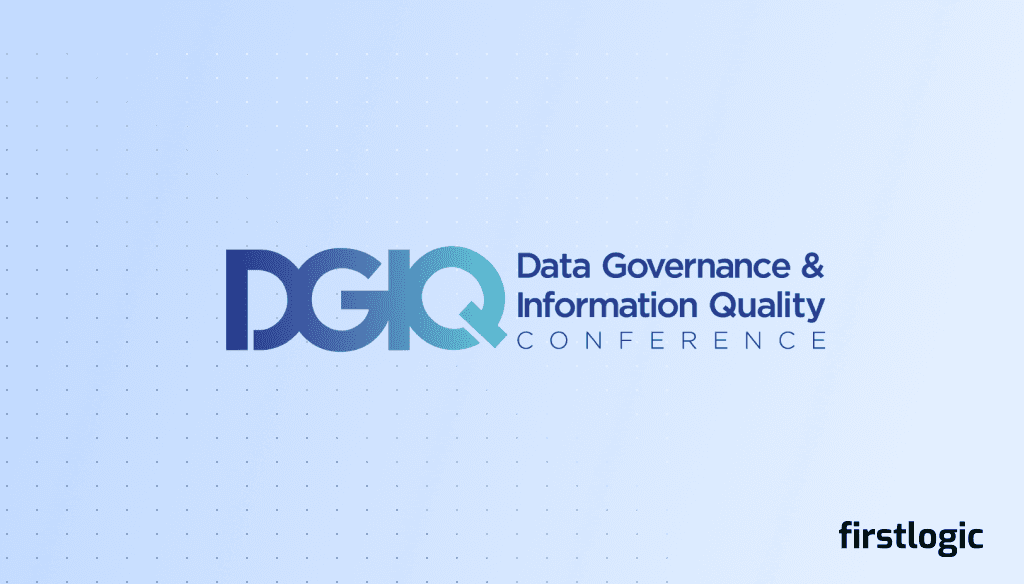Everyone in the postal mailing sphere knows about CASS and NCOA. (If you need a refresher, read this informative article).
Still, few mailers have an awareness or understanding of the postal service’s DSF2® database or the value of address validation efforts that include this data. This article explains what DSF2 is, what it does, and why it has value for mailing organizations. In addition, we will review how the decision about using DSF2 can affect mailing or shipping operations.
What is the USPS DSF
The first step in determining the value of the DSF2 database for a mailing operation is understanding what it is. DSF is an acronym for Delivery Sequence File. A basic definition according to the USPS Postal Pro webpage is:
“DSF2 is an approved method outlined in the Domestic Mail Manual for sequencing mail pieces in walk-sequence when not using a simplified address 1.”
FYI, a “simplified address” in postalspeak, means mailers do not include names in the delivery address. They intend to deliver identical mailpieces to every household, box holder, or PO Box on a carrier’s route. Mail addressed to “Postal Customer”, “Rural Route Boxholder”, or “Residential Customer” is in simplified address format.
The Delivery Sequence File (DSF)—Second Generation (hence the DSF2 designation) is an address accuracy tool that identifies deliverable addresses and those that are not. It determines whether an address is currently in the USPS’ delivery file as a known address record. The DSF2 file contains information about vacant, residential, business, or seasonal addresses. It also identifies if mail is delivered to a curbside mailbox, door slot, NDCBU (Neighborhood Delivery and Collection Box Unit), or central delivery.
DSF2 assigns walk sequence numbers and provides the documentation necessary to qualify for additional Postal Service delivery sequence postage discounts. The database offers information about every deliverable address in the United States—about 165 million of them!
DSF
The DSF2 file provides the Carrier Route Number, Carrier Delivery Sequence Number, Delivery Point Barcode (DPBC), Business or Residential indicator, Seasonal Code indicator, and Occupied/Vacant Code indicator. This information is typically available in the report provided by the address quality software provider. The report provides valuable insight for marketers. If they aim a saturation mailing at businesses, for example, DSF2 allows mailers to filter out undesirable addresses and avoid wasting money.
Who Uses DSF
The most common users of DSF2 processing are saturation mailers, typically companies submitting large, concentrated mailings. DSF2 qualifies them for postal discounts, reduces costs, and maximizes revenue. Companies with localized trading areas come to mind. Examples include pizza delivery restaurants, food stores, and car repair services. While it varies depending on location, a pizza delivery restaurant’s primary trading area is within a 5-mile radius of its location 2. Sending direct mail outside this zone would make little sense.
Pizza Media Magazine 3 recommends that restaurant owners update their marketing list with DSF2 and all other available data cleansing and enhancement tools:
“When you combine NCOA [USPS National Change of Address database] and PCOA [Proprietary Change of Address] and LACS and DSF2, you get a premium package that ensures the strongest protection against undeliverable mail.”
– PMQ Pizza Media Magazine
Other organizations that benefit from DSF2 processing include “special interest mailers.” Utility companies, mail-delivered newspapers, and local periodical publishers may also take advantage of the discounts available via DSF2. Remember, DSF2 provides specific information for each delivery point in the list. It includes business and residential addresses, seasonal addresses, and P.O. boxes. Mailers and marketers can use this information to segment their lists and improve the ROI of marketing campaigns.
Benefits of DSF
Some of the direct mail marketing benefits of processing address data with DSF2 include:
- Some estimates place the cost of a single piece of returned mail at a least $3.00 in wasted postage, printing, and productivity 4. Calculate the cost per piece and multiply it by the “bad” addresses returned by DSF2 processing to determine the waste to be avoided.
- DSF2 processing provides walk sequence codes that allow mailers to submit their mail pieces in the exact order the mail carrier travels. This strategy qualifies mailings for USPS Enhanced Carrier Route (ECR), Basic, High Density, or Saturation postal discounts.
- Qualify for greatest postal discounts by validating to the delivery point and walk sequence.
- Identify delivery types like a curb, door slot, and box, to obtain the best parcel shipping rates.
- Learn if a property has been vacant for 90 or more days.
- Create targeted mailings.
- Combat fraud by identifying parcel deliveries destined for vacant properties.
Address Accuracy from Firstlogic
Firstlogic Solutions® is a provider of CASS-Certified, NCOA, and PCOA, Geocoding, and USPS DSF2 address updating and standardization software solutions. They are the leading SAP® Partner specializing in delivering Firstlogic Data Quality and SAP Data Services (DS) solutions to data-driven companies.
Firstlogic Data Quality and SAP Data Quality software combine file preparation, data profiling, address quality, geocoding, data enhancement, matching, and consolidation. For over 35 years, customers have leveraged the power of Firstlogic’s data quality platform.
1 https://postalpro.usps.com/address-quality/dsf2
2 https://hablemosdepeces.com/pizza/how-far-do-pizza-places-deliver.html
3 https://www.pmq.com/important-information-for-direct-mail/
4 https://mailingsystemstechnology.com/article-2900-Return-Mail-How-to-Beat-the-Costly-Challenge.html

Firstlogic featured in Mailing Systems Technology
Firstlogic is pleased to announce our status as a 2022-2023 Hot Mailing Solutions Company. Each year, Mailing Systems Technology compiles a list of important players in the mailing and address data quality space. In our feature spot in this annual issue magazine, we are emphasizing our Data Quality IQ Suite and our commitment to data […]

Data Governance and Information Quality (DGIQ) Conference 2022
Firstlogic is all set to be a sponsor at the Data Governance and Information Quality (DGIQ) conference. We’ll be exhibiting at this year’s event, which will be held December 5-9 in Washington, DC. We look forward to this conference every year as an opportunity to meet with our customers and stay up to date on […]
 Firstlogic Team
Firstlogic Team